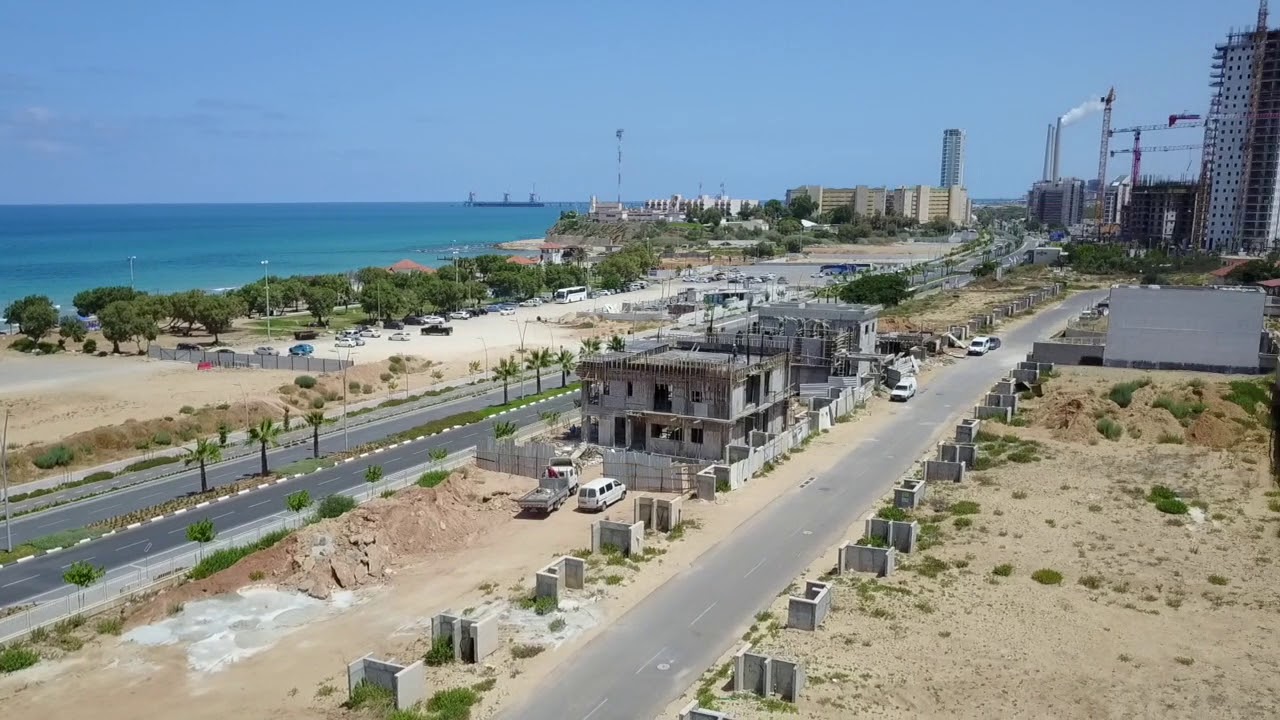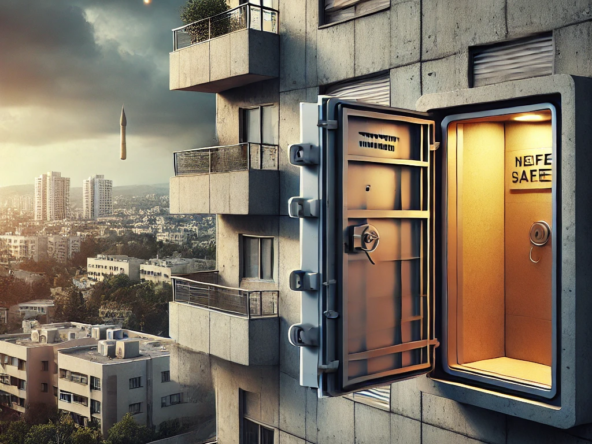In this month of September 2025, the plain of Sharon unfolds before the eyes like a parchment in perpetual rewriting. Nestled between the Mediterranean to the west and the first undulations of Samaria to the east, this region of Israel, once entirely agricultural, now stands out as one of the most sought-after areas in the country.
Sharon is a patchwork of localities with multiple identities:
- Sophisticated Herzliya, American Ra’anana,
- Entrepreneurial Kfar Saba,
- Hadera, the former industrial town that is reinventing itself.
In addition to the lush mochavim that still resist rampant urbanization, such as Bnei Zion, Basra, or Beit Yehoshua. Between these poles, lands, developing subdivisions, fields, and orchards follow one another, forming a fascinating tapestry of real estate opportunities.
Heading to Givat Ada
In Givat Ada, on the northeastern edge of the region, large agricultural spaces are sold at the price of promise. 16,000 m² are offered for purchase for those who can wait: the land, currently dedicated to vineyards or leisure, already whispers of the future. There is talk of repurposing, of master plans in the making. Those who buy here are not purchasing a use, but a possibility. The market knows this: each dunam exchanges around 330,000 shekels. The dream is expensive, but the dream is there.
In the heart of Sharon, the modest bet of Hadera
Further south, in the suburbs of Hadera, more modest plots, like that of Mul HaPardes, are available at accessible prices. 250 m² for less than 170,000 shekels. Here, it’s a different strategy: updating the small scale, waiting for permits, benefiting from the dynamics of a city that is opening up to technology and urban renewal.
The urban tension between Ra’anana and Kfar Saba
But it is between Ra’anana and Kfar Saba that Sharon reveals all its tension. There, on the outskirts of Gan Haim, an agricultural land of 24,263 m² awaits a buyer. It is vast, well-located, but its nature remains frozen in agricultural law. However, given the growth of the nearby subdivisions, there is no doubt that this urban fringe is on the verge of shifting. Demand is strong, municipal plans are changing, and developers are eager.
The residential gems of Beit Yehoshua and Basra
For example, in Beit Yehoshua, a 500 m² plot with an old house slated for demolition is listed at nearly nine million shekels. Here, it is no longer agricultural speculation, but the scarcity of buildable land that dictates the rules. Access to the train station, semi-rural tranquility, and proximity to Tel Aviv create a sought-after alchemy.
The same logic applies in Basra, with 800 m² offered for a similar price. Here, the house exists, but it awaits a new lease on life. In this case, these two villages embody a significant trend in Sharon: that of gentle re-densification within already built spaces.
Arsuf or the bet on the coastline
Even bolder is the bet on Arsuf. Nestled between sea and cliff, this small agricultural territory offers 10,500 m² with a panoramic view of the Mediterranean. And this, for a price almost modest considering its potential: 2.3 million shekels. The agricultural use is still there, but everyone senses that the tide is turning. Can one day build facing the sea, in such a preserved setting?
The majestic Sharon
Finally, Sharon also knows how to be majestic. In a remote corner, there are still estates. An equestrian farm on 1.9 hectares, two houses to renovate, a possible agritourism vocation. But the buyer is no longer just purchasing land; they are acquiring a vision. The same goes for Bnei Zion, where an estate of 28 dunams rises discreetly, without a displayed price, but with promises of prestige, tranquility, and tailor-made projects.
Rental yields and potential in 5 years
According to the latest data from the Israel Land Authority and Madlan (August 2025), rental yields in the region range between 2.3% (Herzliya Pituah, luxury segment) and 4.9% (peripheral neighborhoods of Hadera). Ongoing projects on the market, particularly in Kfar Saba (Northeast neighborhood) and Hod HaSharon (Sharonim neighborhood), show an average price per square meter of 28,000 shekels. With a projected appreciation estimated between 15% and 22% by 2030, subject to macroeconomic stabilization.
In agricultural areas with zoning changes, raw land remains attractive for patient investors. Furthermore, some experts mention a potential doubling over 8 to 10 years. Specifically, this is contingent upon the approval of the potential of the master plans (TABA).
See also: Land Release in Israel for 2025
Thus goes Sharon in September 2025: fragmented, evolving, ambitious. It is a land in transition, a territory of interpretation, where each parcel carries within it the narrative of what is to come. For the astute investor, it is a land poem being written.


